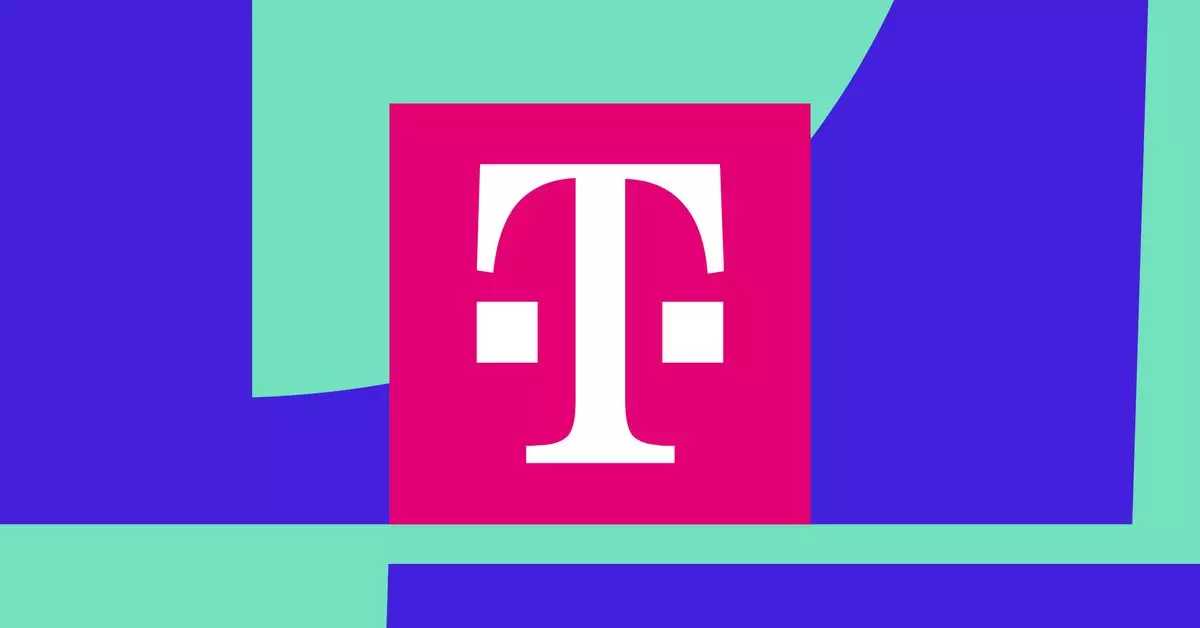In the face of natural disasters, communication often suffers severe disruptions. However, a recently announced collaboration between T-Mobile and SpaceX aims to transform how people connect during emergencies. By enabling SMS texting over Starlink satellite systems, this initiative not only provides a lifeline for T-Mobile customers but also marks an important moment in the evolution of telecommunications technology.
Resetting Communication in Emergencies
The recent hurricanes, Helene and Milton, wreaked havoc in various regions, cutting traditional communication lines and leaving communities isolated. Addressing this challenge, SpaceX announced that it has made basic SMS services available for T-Mobile customers in affected areas via Starlink. The company’s proclamation—”Text messages have already been sent and received”—opens opportunities for individuals to reach out to family, friends, and emergency services, such as 911, in times of need. This connectivity can change the landscape of disaster response, potentially saving lives by ensuring that help is just a text away.
For those utilizing this service, the mechanics are relatively straightforward. When a T-Mobile phone connects to a Starlink satellite, users should expect to see 1 to 2 bars of service, with the visible network labeled “T-Mobile SpaceX”. While this service is a game changer, it’s important to note certain limitations. Messages may require retries if they fail to go through on the first attempt. Furthermore, users are encouraged to use this service outdoors, where connectivity is strongest, or close to windows if indoors. Clear communication around these limitations is essential for users to manage their expectations during critical moments.
Regulatory Backing and Future Implications
It’s worth noting that this innovative service received temporary approval from the Federal Communications Commission (FCC), which allows SpaceX and T-Mobile to operate the direct-to-cell service specifically for areas impacted by the hurricanes. This regulatory support underscores the importance of potentially reshaping telecommunication regulations to accommodate new technologies. By offering the means to disseminate emergency alerts across all cellular networks, SpaceX stands to enhance public safety measures considerably.
As natural disasters become increasingly prevalent due to climate change, the demand for reliable communication channels will likely rise. This partnership could serve as a blueprint for future initiatives, pushing other telecommunications companies to explore similar collaborations or technologies. The prospect of satellite connectivity could extend far beyond emergency services, perhaps revolutionizing how telecommunications operate in rural and underserved areas where traditional cellular networks are either unreliable or nonexistent.
As SpaceX and T-Mobile bridge the gap in communication during crises, they are not merely responding to immediate needs but are potentially redefining the landscape of emergency communications for years to come. This initiative not only highlights the urgent need for innovation in times of distress but also sets the stage for a future where connectivity is not a luxury but a standardized feature, even in the most challenging circumstances.

